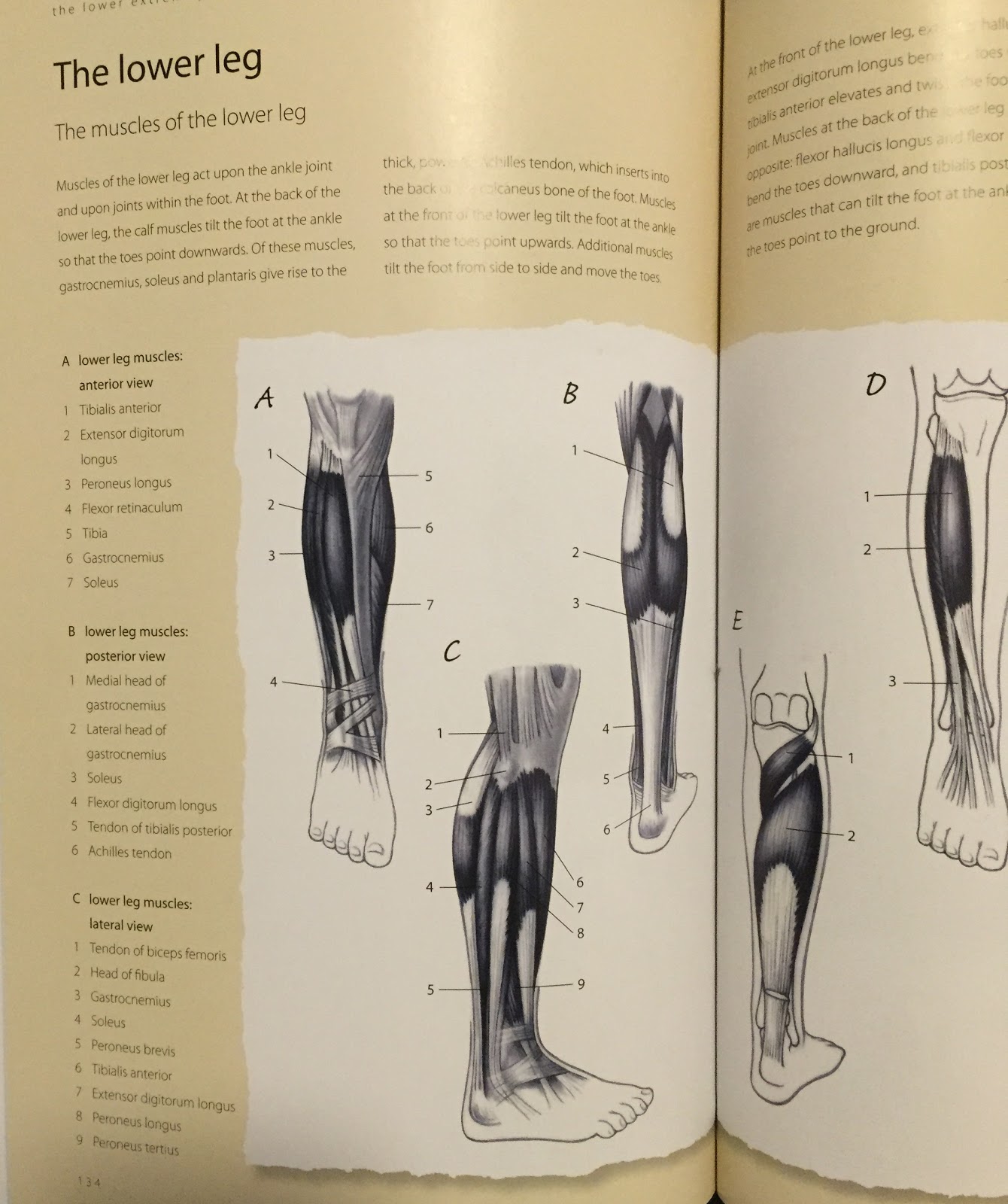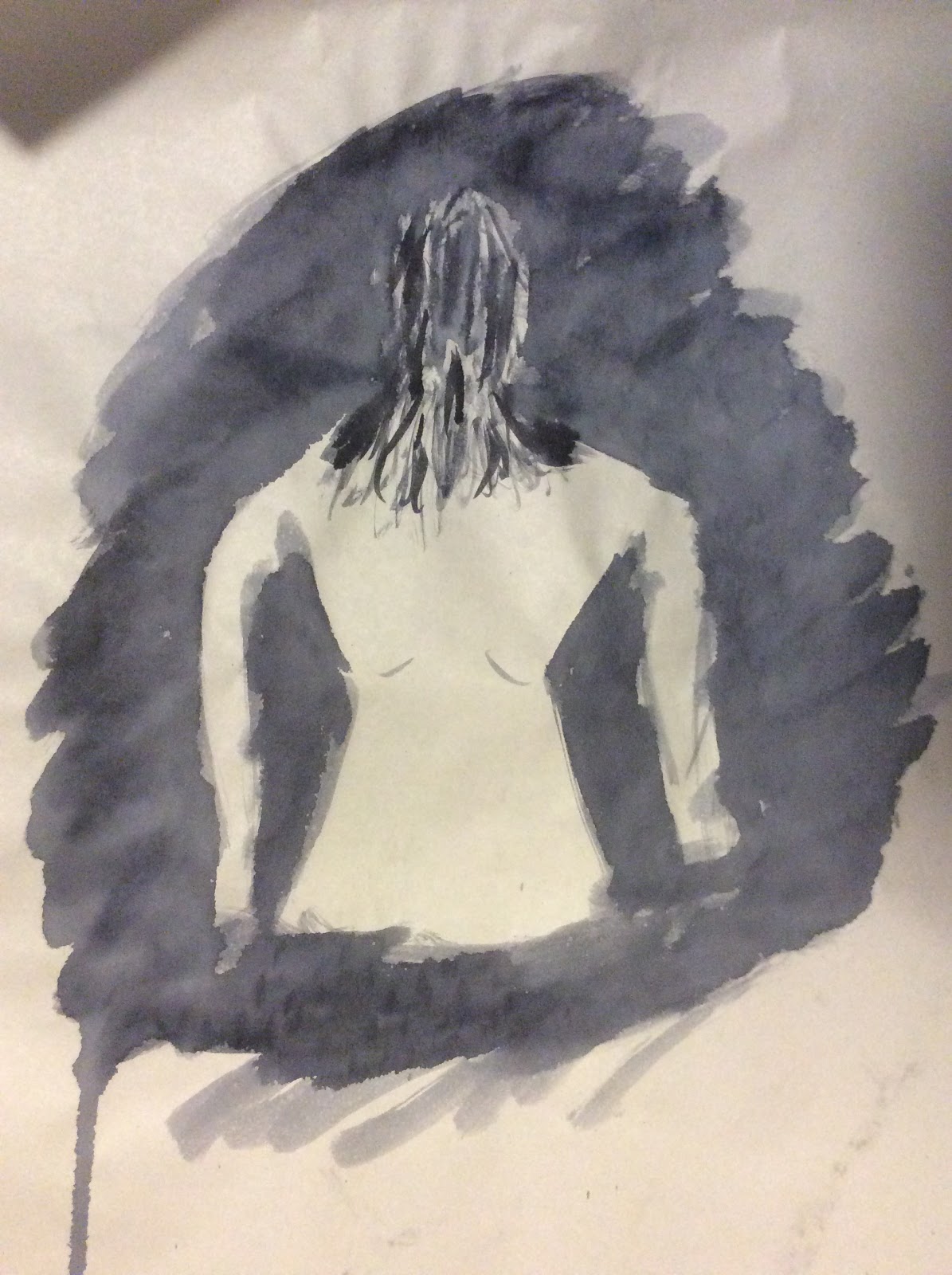10/01/2015
USS Enterprise Starship:
This week I was given the task in modelling the famous USS Enterprise from the popular TV and Film series Star Trek. Using the reference image as a guideline I divided the blueprint into each view point on a separate plane and positioned correctly to each viewport.
However I found out later on during my modelling that the images didn't line up correctly. This was either due to failing to match up the images correctly in each viewport, the reference image itself being uneven or even both.
Despite this I tried to correct each viewport as much as I could and made the necessary alterations where needed.
I started off with modelling the engine by creating a box and using the smooth key "3" I was able to model a smoothed object without effecting the polygon count or topology. I added edge loops along the base and modelled to the reference image in the side and top viewports. For the satellite I simply extruded the edges several times and scaling them down and up.
However I felt something wasn't quite right especially with the satellite. I therefore reattempted the engine by creating a cylinder and using the same techniques as before I felt more confident and I felt I achieved a better result.
I then moved onto the cockpit which I started off by creating another cylinder. I then deleted the centre top and bottom faces and extruded the edges, moving them up/down and scaling them in. I then added edge loops and adjusted them to the reference image.
It was tricky as the side and top viewport images did not match correctly. I found an much easier way of modelling by scaling in and out the edge loops rather than moving each individual vertex. Not only did this save me a lot of time, but it also helped make my model a lot more symmetrical, smoother and the topology overall better.
I then moved onto the rockets which I created another cylinder and using the smooth key "3" I modelled to the images in the side and top viewports. I then added smooth to the rocket under mesh to smooth out the object by adding more edge loops. I duplicated the rocket and focusing on one deleting the edge loops to try and get a better poly count while at the same time keeping the same topology as the high poly model.
Finally I added additional cubes and cylinders to connect the engine, cockpit and rockets together while still modelling to the reference. I also added soften/harden edge to all objects to help even out any irregularities effecting my topology.
Here is the result...
I've still got more editing to do such as the cockpit needs tweaking and the rockets need additional extrusions to fully match the reference. On the whole I am happy that I have learned new modelling techniques, but I am annoyed that I haven't corrected my viewport images. I will make sure in the future that my reference images fully align in each viewport before starting any modelling. This mistake has definitely cost me a lot of time, which easily could of been avoided.
18/01/2015
I re-looked at the model and decided to make a few tweeks to the cockpit by deleting edge loops and re-extruding them. Using the scale tool I rescaled the edge loops to match the reference a lot better than before.
Now that I was happy with the cockpit I turned my attention to the shuttle craft deck. I decided to delete some of the rear faces and extruded out the edge loops.
I couldn't get a good look of the shuttle deck due to having no rear view perspective reference, so after searching online I found out that the shuttle deck could be made with a sphere. I simply created and resized a sphere to fit in the gap I've just created.
I then added extrusions to the rockets and at the front of the engine for the final touches to the model. Here is the final model.

 Head
Head















































































